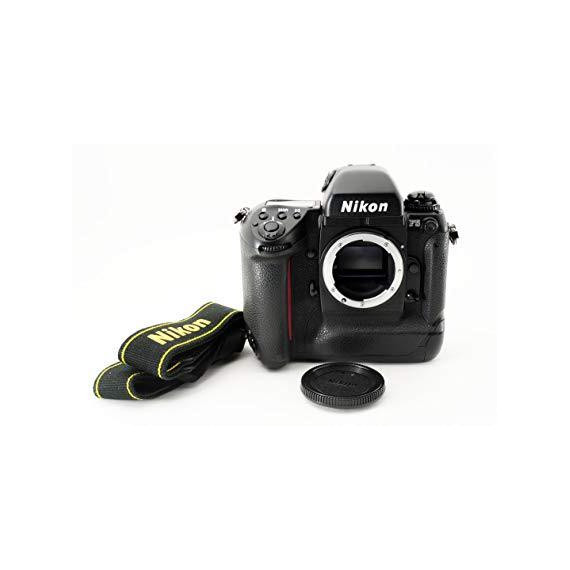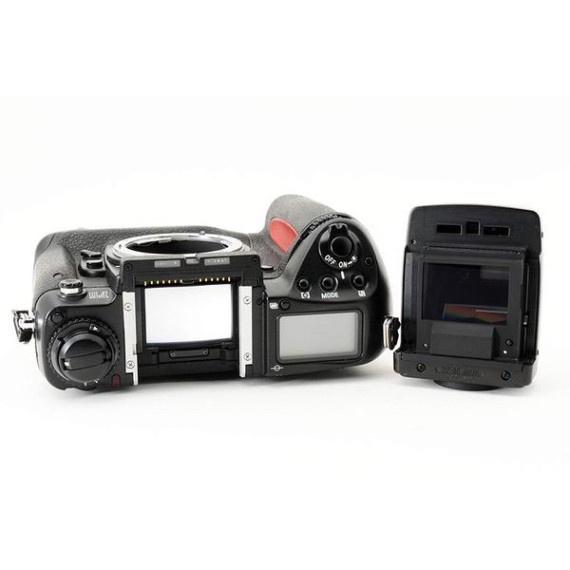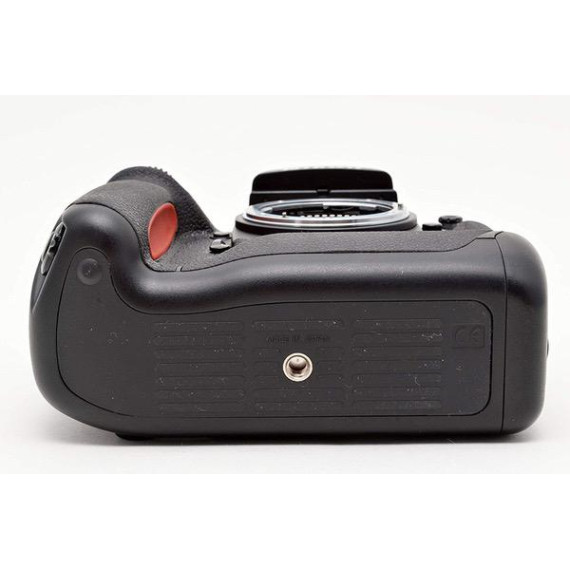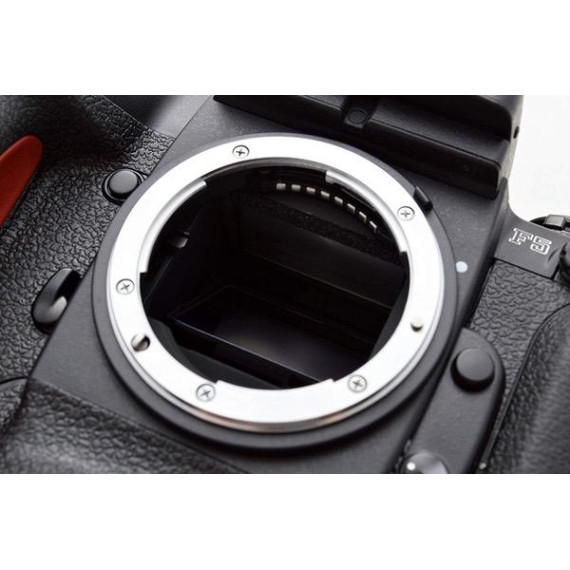R C.
The Nikon F5 is an absolute beast of a camera, designed when new for professional photojournalists. It was the last great professional camera of the age of film, and introduced many features we now take for granted in modern digital cameras. My current DSLRs feel like kids toys in comparison to the build quality of the F5, which is not surprising given that when it came out, it cost as much as a clean used car. I got mine from a Japanese seller, "Karen Store JP", and it was very near to perfect, with no visible signs of use. Having bought and sold much film photography equipment, I highly recommend the Japanese sellers for this gear because they still take film photography seriously in Japan and take better care of their gear. You wont find any beat-up yard sale junk if you shop for your older cameras and lenses in Japan. Still, I recommend that you stick with items which are fulfilled by Amazon. Shipping was fast and free. I ordered my camera on the night of April 27, and received it on the morning of May 1, and that included a weekend. As far as the camera is concerned, if you are thinking of getting into shooting film, this is a great choice, but be prepared for some things. First of all, it can be bit overwhelming because it can do so much. In that respect, it is a lot like a modern DSLR, just that it shoots film instead. This is not surprising because Nikons first DSLR was a modified F5 with the digital parts by Kodak. But, with this camera you can let it do everything while you focus on your composition and getting the shot you want, or you have several automatic modes, and full manual. Although you probably will never use it, the F5 can shoot pictures at 8 frames per second as well, if you need to shoot action on a film camera. The next thing to know is that this camera is BIG and HEAVY. This is not a camera to hang around your neck and take on vacation. It weighs 3.5 pounds with the batteries loaded in it and wearing a standard lens. It is a machine for taking pictures when you MUST get the shot. Finally, the F5 runs on 8 AA batteries, from which you will get 20-25 36 exposure rolls of film per set. So if you shoot regularly, buy batteries in bulk or consider rechargeable batteries. The bottom line is that this is a wonderful camera for the serious film photographer. I shoot it and then send the film rolls to a professional lab by mail for development and scanning, which costs me about $20 per roll and produces very high quality digital files which I then treat and store like all my other images, with the added safety of having negatives or slides as backup. This may sound expensive, but you typically shoot far fewer frames with film, and with something like the F5 you are getting many of the features of a $2,000 DSLR for about $300 which is what I paid for mine. If you want something just as good, but not quite so heavy, try the Nikon F100. It is remarkably similar to the F5, about half the weight and half the price and a very competent film camera. I shoot the two cameras together, each loaded with a different type of film.


































